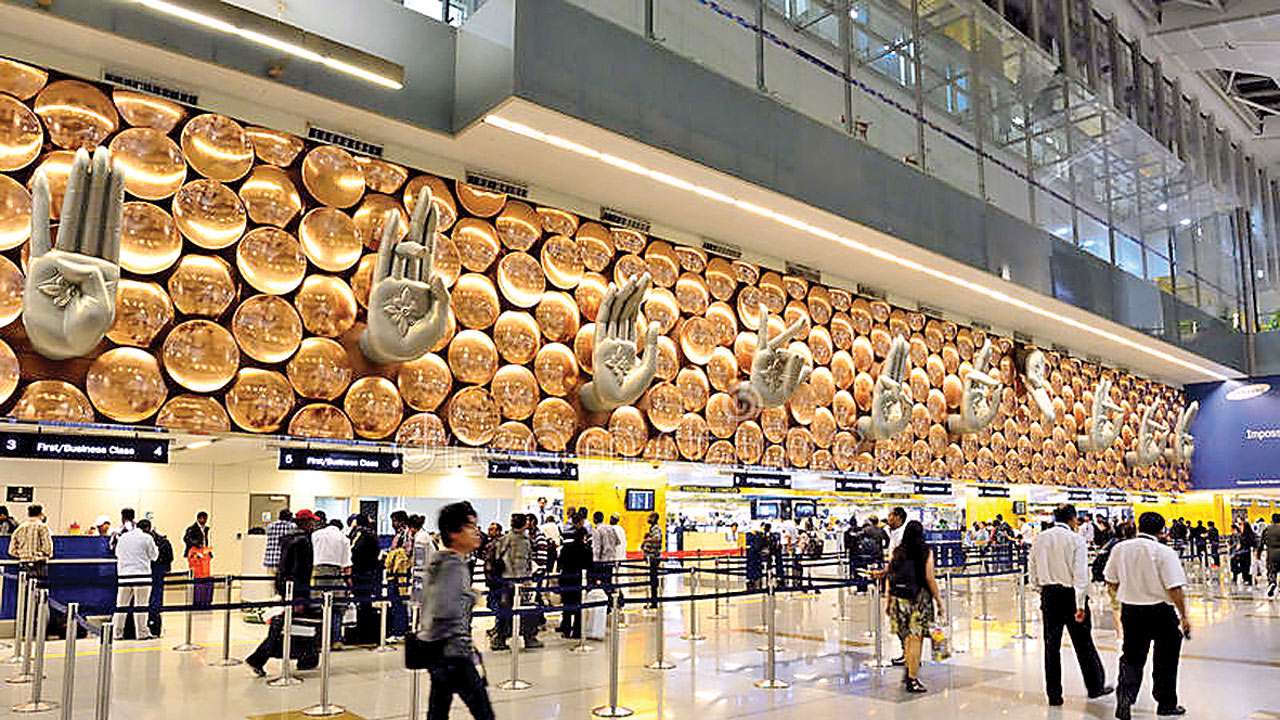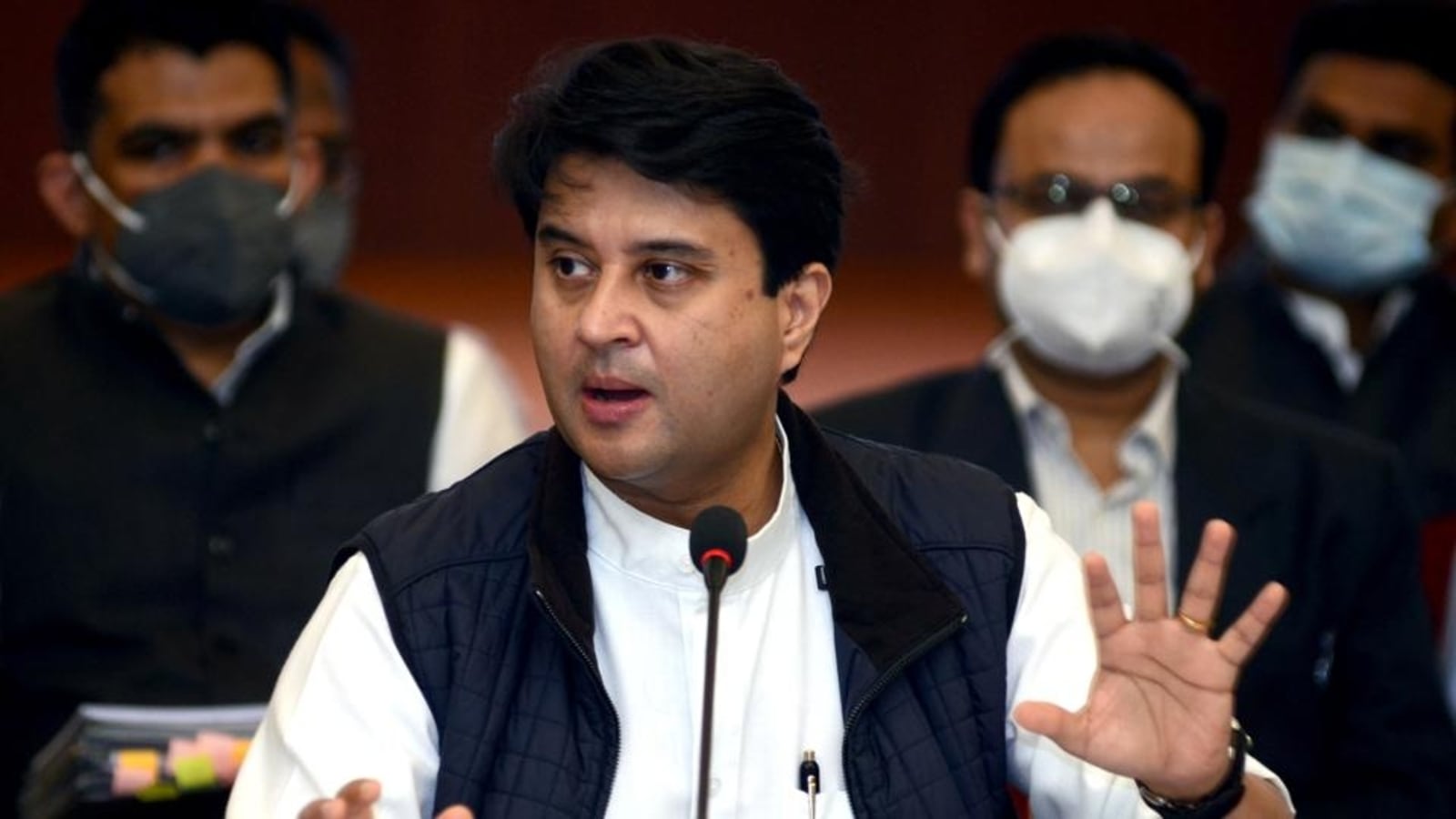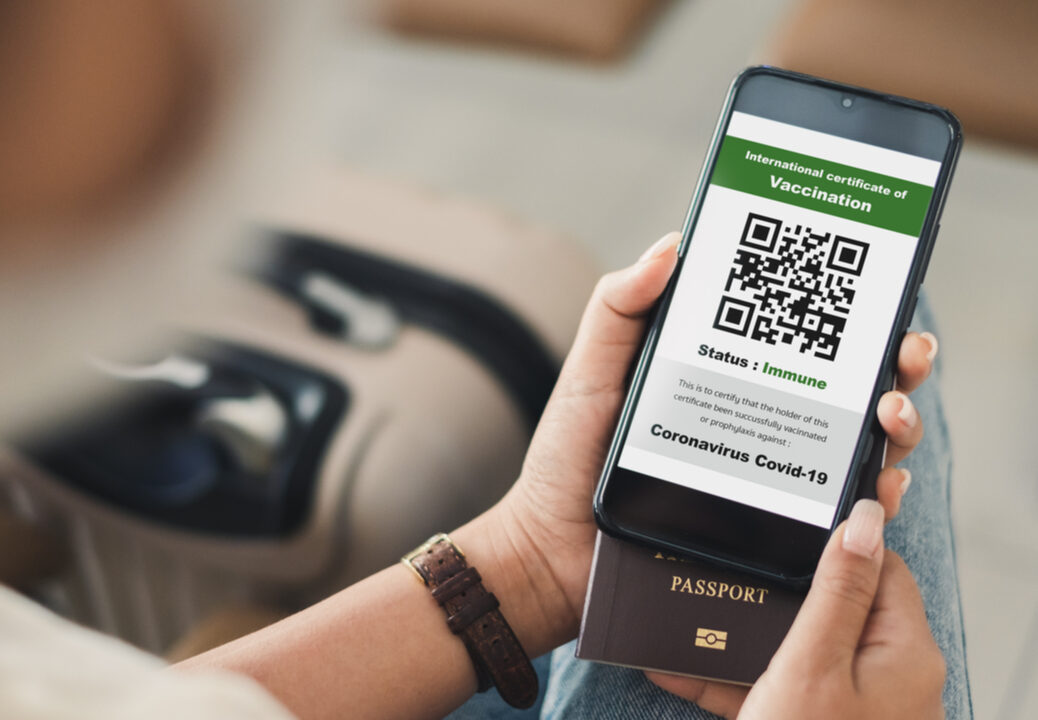Vistara in talks with lessors to fill long-haul gap in the wake of B787 delays
Radhika Bansal
26 Mar 2022
Indian full-service airline Vistara is in talks with lessors about getting long-haul planes to cover a gap left by delays in Boeing 787 deliveries, chief executive Vinod Kannan said.
Vistara, owned by Singapore Airlines and India's Tata Group, is waiting to receive four aircraft from Boeing's 787 production line, but deliveries have been frozen globally since May 2021 due to quality-control shortcomings.
ALSO READ - FAA to formalize tighter oversight of new aircraft designs following deadly Boeing 737 MAX crashes
To provide substitute capacity in the short term, Vistara is talking to lessors about renting 787s, Kannan said in an interview with Reuters.
Vistara in talks with lessors to fill the long-haul gap in the wake of B787 delays
"There is enough availability (of airliners) in the market because there are still parts of the world where flying has not come back," he said, adding that the company is yet to make a final decision on whether to rent aircraft.
Kannan said the market was too volatile to consider ordering new planes right now. But, in the longer run, Vistara could also consider buying Airbus A350s, he said.
Vistara has about 50 aircraft, including two 787-9s received before the delivery suspension and a mix of Airbus and Boeing narrow-body airliners. It plans to take 20 more aircraft by the end of 2023, mostly A320s to be used domestically and for nearby international destinations.
Expanding its footprint globally is a priority for Vistara, which began operations in 2015 but has not yet made a profit. India's domestic market is dominated by low-cost carriers, such as IndiGo. International flying offers stronger pricing.
Vistara has about 50 aircraft, including two 787-9s received before the delivery suspension
The airline's losses narrowed last fiscal year, and Kannan said he had seen a further improvement until February when fuel prices spiked. While demand is growing and air fares are moving higher, it will be difficult to offset higher fuel costs and the burden of a depreciating rupee, he said.
Vistara's international operations - reaching about a dozen foreign cities, such as London, Paris and Frankfurt - comprise around 25% of its capacity. It wants to expand this to 35% over the next two years and is looking at direct flights to the United States, South Korea and Japan, Kannan said.
"A lot of the long haul depends on aircraft availability. This is the time to capitalise, especially with India opening up international travel," he said.
Tata in 2021 acquired Vistara's direct competitor, Air India. Kannan said the two airlines are exploring how they can cooperate without violating competition rules.
Tata in 2021 acquired Vistara's direct competitor, Air India
Vistara began looking at international expansion before the pandemic but paused as air travel came to a near halt in 2020. Now high fuel prices and Russia's invasion of Ukraine are forcing it to look again at its plans.
The airline operated charter flights to such places as Hong Kong and Moscow during the pandemic. But Hong Kong is now closed to visitors and Moscow is "out of the question", Kannan said.
"With fuel price where they are, we have to think twice in terms of whether we need to bring on those additional aircraft," he said. "But we know that not just the U.S., but all these long-haul points are important."
(With Inputs from Reuters)
Read next
Pawan Hans Ltd has signed agreements to lease six Sikorsky S-76D helicopters from The Milestone Aviation Group.
The aircraft will support Pawan Hans' onshore and offshore helicopter operations in India and the company is contracted to operate two S-76D helicopters for ONGC.
Lockheed Martin — America’s and the world’s largest aerospace and defence firm — is giving stiff competition in the Indian helicopter market to its rival, Boeing. Boeing scored early with the multi-billion-dollar sale to the Indian Air Force of Chinook heavy-lift choppers and Apache attack helicopters.
6 Sikorsky S-76D helicopters to be leased by Pawan Hans
However, Lockheed Martin’s subsidiary, Sikorsky, is catching up fast with the USD 2.12-billion sale to the Indian Navy last year of 24 Seahawk multi-role maritime helicopters.
"In addition to the six helicopters, of which five have already been delivered, Milestone and Sikorsky, a Lockheed Martin company are also providing Pawan Hans with comprehensive value and sustainment packages to support the phasing-in of this new helicopter type into its fleet," a release said on Thursday, March 24.
The announcement about the leasing of helicopters was made during the Wings India event in Hyderabad. Sikorsky has delivered more than 875 S-76 helicopters to customers globally since 1977.
Sikorsky has delivered more than 875 S-76 helicopters to customers globally since 1977
Sanjeev Razdan, Chairman and Managing Director of Pawan Hans, said that in the medium twin category, the S-76D is the ideal aircraft to support our offshore operations in South Asia.
The highly regarded Sikorsky S-76 helicopter has operated since 1977 in diverse environmental conditions in more than 40 countries on six continents. Sikorsky has delivered more than 875 S-76 helicopters to customers globally, contributing daily to a growing total of more than 7.5 million flight hours.
The S-76D helicopter is an improved version of the S-76, incorporating more modern technologies in order to provide a substantial increase in performance, power and value.
The S-76D helicopter is an improved version of the S-76
Since 1985, Pawan Hans has been India’s market leader in helicopter operations. Its fleet of 42 helicopters provides services to sectors such as oil and gas exploration, pipeline survey and aerial work, police and utility tasks, and services to VIPs and state governments.
Pawan Hans also provides passenger connectivity to remote, hilly, and inaccessible areas along India’s northern and north-eastern borders. In addition, it has provided inter-island connectivity in the Andaman & Nicobar and Lakshadweep Islands.
Read next
AAI earned INR 13,439 crore profit from Delhi and Mumbai airports in 5 years
Radhika Bansal
25 Mar 2022

State-owned Airports Authority of India (AAI) received revenues worth around INR 13,439 crore from Delhi and Mumbai airports in the last five financial years, according to the civil aviation ministry.
Under Public-Private Partnership (PPP), Delhi and Mumbai airports were handed over to the private partners in 2006.
"During the last five years i.e. from 2016-17 to 2020-21, AAI has received revenues of approximately INR 8,093 crore from Delhi airport, INR 5,346 crore from Mumbai airport," Minister of State for Civil Aviation V K Singh told Lok Sabha.
AAI earned INR 13,439 crore profit from Delhi and Mumbai airports in 5 years
Besides, three airports - Ahmedabad, Lucknow and Mangaluru were handed over to the Adani Group in October-November 2020. Three other airports - Jaipur, Guwahati and Thiruvananthapuram were given to it in October 2021.
ALSO READ - Jaipur International Airport has been taken over by the Adani Group
In a written reply, Singh said the private partners of these six airports have paid approximately INR 331 crore to AAI as Per Passenger Fee (PPF) till January 2022.
As per the National Monetisation Pipeline (NMP), 25 airports of AAI have been earmarked for monetisation over the 2022 to 2025 period.
"AAl has also received an amount of INR 1,888 crore till 15.03.2022 in the form of upfront fee towards the capital expenditure incurred by AAI at these airports," the minister said.
ALSO READ - Centre to privatise 25 airports in next 3 years
As per the National Monetisation Pipeline (NMP), 25 airports of AAI have been earmarked for monetisation over the 2022 to 2025 period.
Read next
As many as 3.82 lakh passengers undertook air travel daily in the last seven days, giving hopes of revival of the sector scarred by COVID-19, Civil Aviation Minister Jyotiraditya Scindia said on Wednesday, March 23 as he set a target of nearly tripling total passenger traffic by 2023-24 to 40 crore.
Scindia further said that at a time when the airline industry world over is facing turbulence, two new airlines, Jet Airways and Akasa, will soon launch their services.
Replying to the Demands for Grants, 2022-23, for the Ministry of Civil Aviation he said that the government has brought about a paradigm shift, a structural change in the sector in the last two years and it will focus on inclusion, access and affordability to increase demand among common man.
Scindia expects air passenger traffic to reach 40 crores by FY24
The total number of passengers travelled increased from 6.70 crores in 2013-14 to 14.50 crores in 2018-19. The number of planes too increased from 400 from 2013-14 to 710 by 2018-19.
As per DGCA data, 8.38 crore people travelled on domestic flights in 2021, as compared to 6.3 crore in 2020 – the year which saw the outbreak of COVID-19.
Scindia said the aviation sector started to look up post the second Covid wave and the number of air travellers in the country increased to 3.90 lakh per day in November 2021, compared to 4.15 lakh per day in pre-Covid times.
The number of planes too increased from 400 from 2013-14 to 710 by 2018-19.
"But, due to Omicron, it came down 1.60 lakh per day. I am happy to report that in the last seven days we are again back to 3.82 lakh per day. There is a hope of a revival and based on that we expect that by 2023-24 we will take the number of 40 crores,” he said.
Scindia said the aviation sector’s competitiveness can be compared to AC-1 and AC-2 services of Indian Railways. Last year, 18.5 crore people travelled AC-1 and 2.
ALSO READ - Government plans to build 220 airports by 2025 with 80 new ones
Till 2014, there were 74 airports in the country and in the last seven years, 66 new airports were added. So, the total number of airports in the country now stands at 140."Our resolve is to take this number up to 220 by 2025,” Scindia said.
Read next
Highlighting that the Civil Aviation industry has become a key element of India's economy, Union Civil Aviation Minister Jyotiraditya Scindia on Wednesday, March 23 said that the government has set a target of creating 220 airports by 2025.
Replying to the demands for grants of the Civil Aviation ministry for 2022-23, Mr Scindia said that India had moved forward in domestic and international travel during the COVID-19 pandemic. "Cargo flights for perishable food items will be increased to 30% with 133 new flights in the coming years," he said.
Mr Scindia said the simplification of the pilot licence will be done in the coming days with the latest technology. He said that the government plans to create 33 new domestic cargo terminals, set up 15 new flight training schools for pilots, create more jobs, and increase focus on the drone sector.
Government plans to build 220 airports by 2025 with 80 new ones
"With this, the Government of India has set a target of creating 220 new airports by 2025," he said.
The minister informed the House that 3.82 lakh passengers per day undertook air travel in the last seven days. He informed the house that Ministry is targeting to triple the passenger throughput from 34.5 crores in 2018-19 to 40 crore in 2023-24.
Mr Scindia said 90 flights sent to five countries evacuated students from Ukraine. He also thanked the Indian Air Force which conducted 14 sorties and operated 4-C17 Globe Masters during the evacuation.
The minister informed the House that 15% of the total pilot strength in the country are women.
Mr Scindia said 90 flights sent to five countries evacuated students from Ukraine
Speaking in the Lok Sabha, Mr Scindia said, "In all other countries in the world, only 5% of the pilots are female. In India, over 15% of pilots are female. This is another example of women's empowerment. There has been a lot of changes in the aviation industry in the last 20-25 years."
"Earlier only big cities had airports. Today that has changed completely. This is the reason why the Civil Aviation industry has become a key element of India's economy. The amount of employment generated in the industry is massive," Union Civil Aviation Min Jyotiraditya Scindia said.
The second half of the Budget session of Parliament resumed from March 14 and will conclude on April 8. The first half of the Budget session began on January 31 and concluded on February 11.
He said AAI will set up 42 brownfield airports in the country.
Union Minister of Civil Aviation Jyotiraditya while speaking about the investments in the field of aviation infrastructure said that the Airports Authority of India (AAI) and the Private sector will invest INR 1 Lakh crore in the next 2-3 years.
He said AAI will set up 42 brownfield airports in the country. "AAI will build three new airports in the greenfield - Hollongi, Hirasar and Dholera," Scindia said.
Greenfield airports are the ones that are built on a new site (undeveloped) from scratch. However, brownfield airports are the ones where there is already a structure or another airport that is being remodelled for a new airport. Brownfield redevelopment can be more inexpensive because necessary infrastructure like drainage, electricity, roads, transport networks etc. already exist.
Read next
Vaccine passports will probably become redundant as more people are inoculated against Covid, and efforts to create a common standard are stymied by differing entry requirements, the head of the world’s biggest airline alliance said.
“There’s no way that this has been integrated into one place,” Star Alliance Chief Executive Officer Jeffrey Goh said in an interview in Singapore.
Jeffrey Goh, Chief Executive Officer, Star Alliance
“If you look to the future, if we were all vaccinated, or if we were all 90% vaccinated, why would you get a vaccination certificate? There will come to a point where maybe you don’t really need this.”
Governments have been working to create a unified policy that will ease travel for vaccinated people. Airlines have supported several tech solutions to verify passengers’ vaccine status or testing results, such as the IATA Travel Pass app by the International Air Transport Association.
"Efforts to create a vaccine passport to make travel easier have faced challenges because governments initially didn’t recognize some vaccines. Airlines and governments also use many different technology platforms, making it difficult to find a common standard.Leisure will lead to the recovery in travel and could reach a comparable level to that seen in 2019 probably in late 2023 or early 2024. There is a possibility that business travel may see some structural change because companies are trying to keep costs down and reduce their carbon footprint."Jeffrey Goh, Chief Executive Officer, Star Alliance
With travel starting to show signs of revival, the immediate concern is that people may take longer to check-in because a lot of documents are needed, putting strain on airport infrastructure, Goh said.
(With Inputs from Bloomberg)



Comment